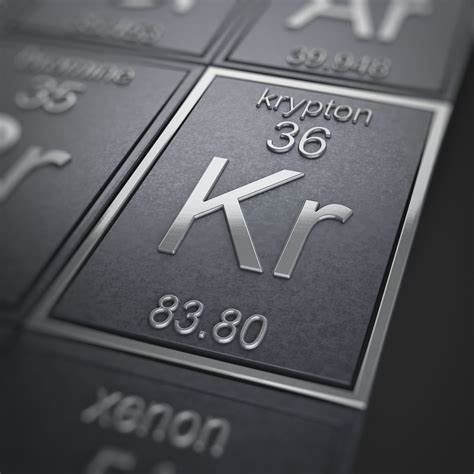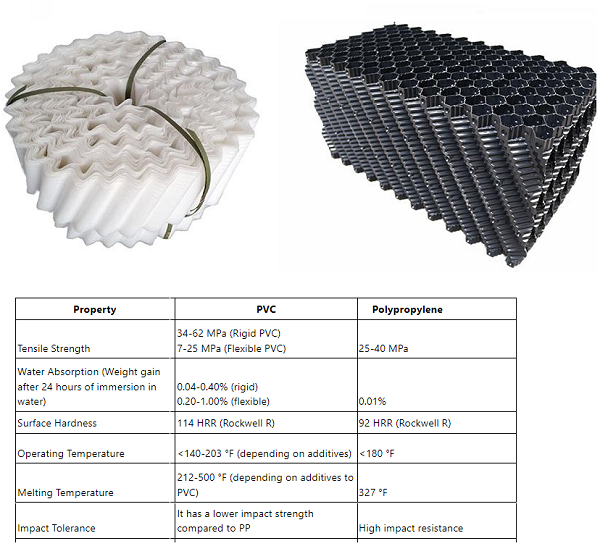Where Can We Find Krypton in Everyday Life?
Krypton was first discovered by British chemists Sir William Ramsay and Morris Travers on February 14, 1898, in the residue left by the evaporating components of liquid air. In 1907, it was discovered that the gas obtained by evaporating the components of liquid air could also be used to fill incandescent lamps. To this day, it still exists in our daily lives.

1. Krypton is an inert gas that does not react chemically with other elements or compounds. It is used to make fluorescent signs and illuminate stars in movies.
2. Although krypton is used in movies to create beautiful lighting effects, it has also been used as an anesthetic. The famous German chemist Victor Greenea discovered this property of krypton when he accidentally inhaled krypton gas while synthesizing organomagnesium compounds.
3. Krypton emits reddish-orange light at high pressure and low temperature; this was observed by Sir William Ramsay and Morris Travers when krypton was first discovered in 1898. Since then, this color has become the symbol of most fluorescent signs, marking the "exit" path to theaters, airports, and more.
4. In 1933, Frederick Mosby and James Heyrovsk created the world's first neon lamp using krypton gas at the NELCO Laboratory in Illinois, USA. This logo is still in use today and can be seen at Northwestern University.
5. Krypton was once used as a source to obtain artificial rubies. Heating corundum with krypton and helium and then exposing it to ultraviolet light produced a red glowing corundum crystal, called ruby Fussoir, which became very popular in the 1930s and 1940s.
6. Another interesting fact about krypton is that ultra-sensitive cameras used on space missions to study distant stars and galaxies are filled with krypton gas, which is used to cool image sensors to low temperatures.
7. In 2010, scientists discovered that under certain ultrashort pulse laser conditions, krypton can emit a powerful discharge with a peak power ten times that of any light source.
8. Krypton is also one of the key ingredients in what is known as “neon,” the source of many colorful lighting effects on signs, theater signs, stadiums, and more.
9. This element can be an excellent replacement for neon under certain conditions because it emits less light but still has the advantages of low temperature and long life. So if you see any LED display panels with blue or white lettering, they most likely use krypton gas to emit light, rather than regular LEDs that emit light when an electric current passes through a semiconductor material.



